The fruit flesh, the aril, is translucent, whitish or very pale pink, with a sweet, mildly acidic flavor reminiscent of grapes. This fruit today has many varieties with different properties and flavors.



Rambutan fruit has long been recognized as the “golden” fruit of Vietnamese agriculture, not only brings high nutritional value, but also provides good economic efficiency for growers. This fruit, with a hairy outer shell, appears in two colors – red and yellow, and has a quite sweet and slightly sour flavor. Rambutan is also considered one of the signature summertime fruits that tourists must try when they come to Vietnam.
As a fruit native to Southeast Asia, rambutan today is also grown in tropical climates around Vietnam. In particular, rambutan java is a common variety found in the area of Dong Nai, Ben Tre, Vinh Long; whereas the Longan rambutan is usually planted in Dong Thap, Can Tho or Tra Vinh.
Early rambutan fruit will be harvested around early May and the main season rambutan will be collected around early July each year. Therefore coming to these rambutan orchards by this time of the year, visitors can both admire the magnificent Vietnamese rural beauty, immerse themselves in nature’s scent as well as enjoy the best rambutan fruits in the best season.
This summer fruit is not only eaten as a fresh fruit, but also an ingredient for processing into delicious and nutritious dishes. A top one among those is the Vietnamese signature dessert – Che Khuc Bach which uses rambutan as a main topping.
The fruit is a round to oval single-seeded drupe, 3–6 cm (rarely to 8 cm) long and 3–4 cm broad, borne in a loose pendant cluster of 10–20 together. The leathery skin is reddish (rarely orange or yellow) and covered with fleshy pliable spines, hence the name, which means ‘hairs’. The spines (also known as “spinterns”) contribute to the transpiration of the fruit, which can affect the fruit’s quality.
The single seed is glossy brown, 1–1.3 cm, with a white basal scar. Soft and containing equal portions of saturated and unsaturated fats, the seed may be cooked and eaten, but is bitter and has narcotic properties.
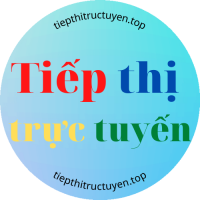
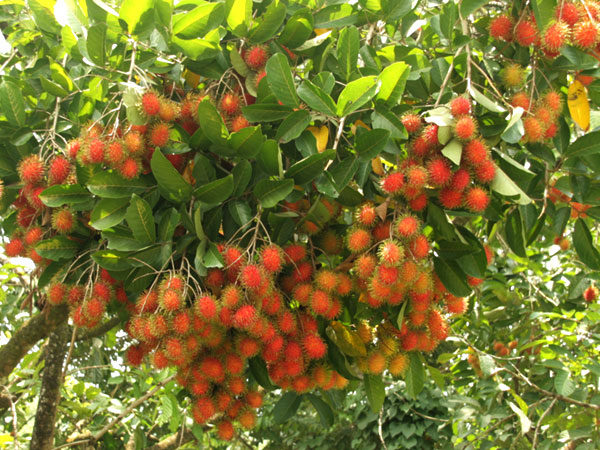

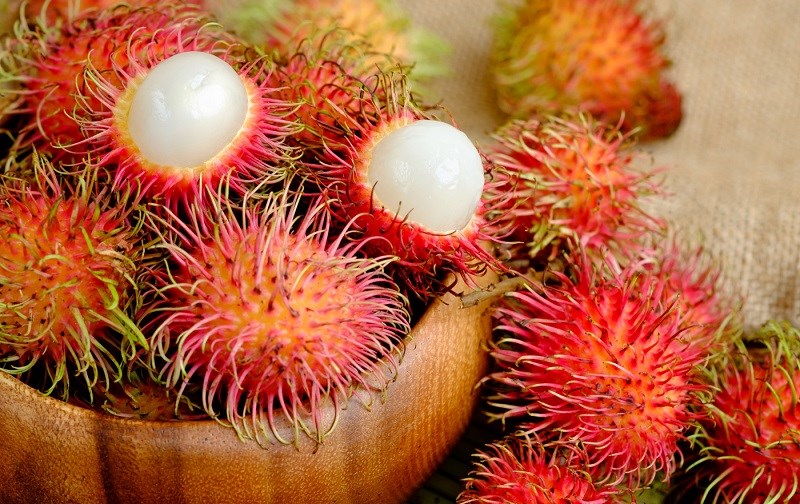

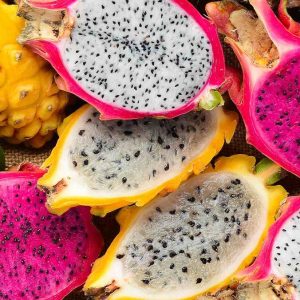
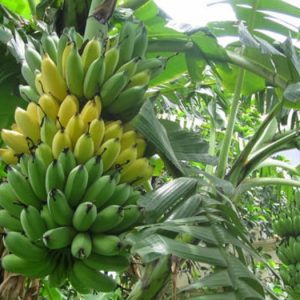









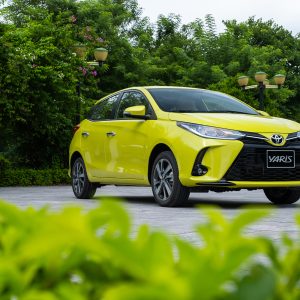
Đánh giá
Chưa có đánh giá nào.